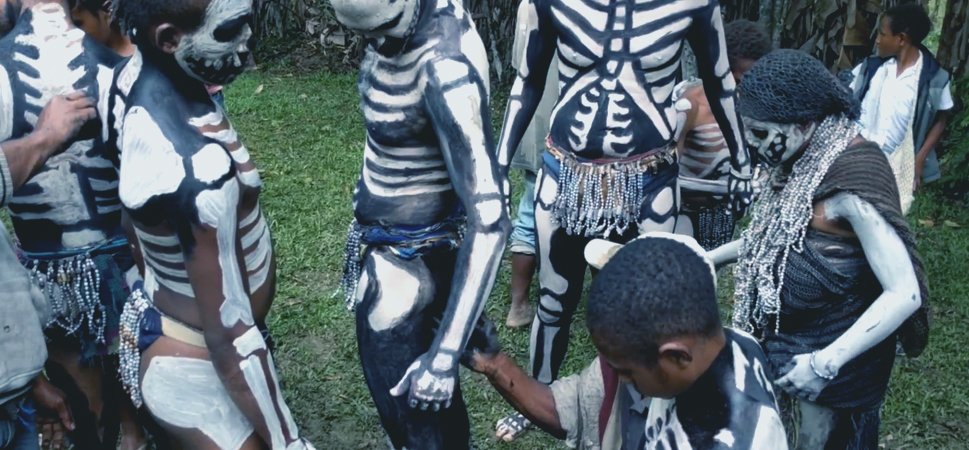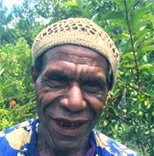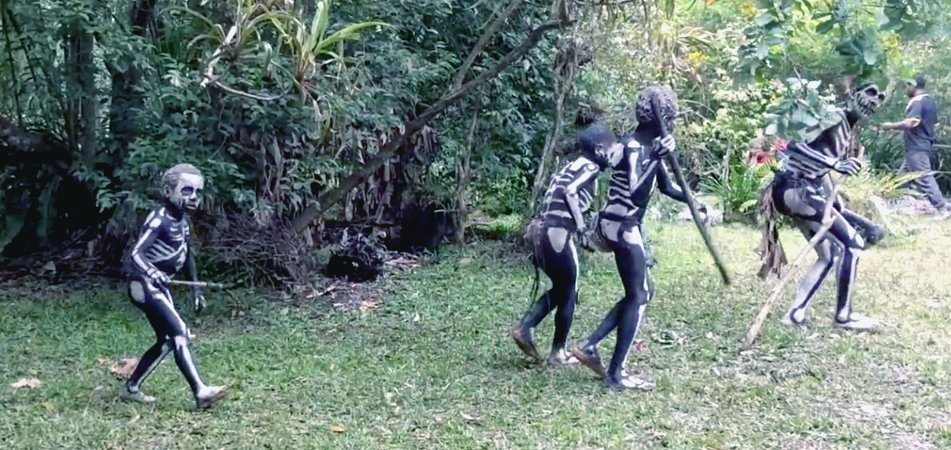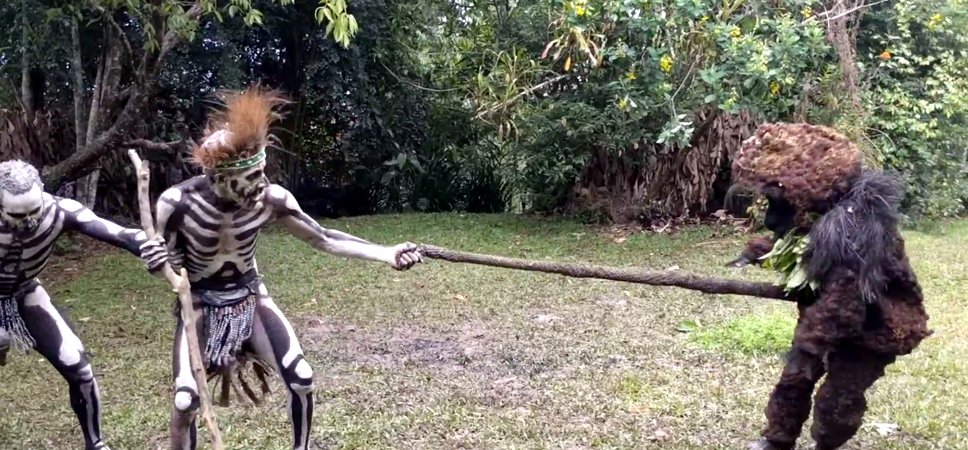Alfonz Brugl
Village Elder
Alfonz’s family

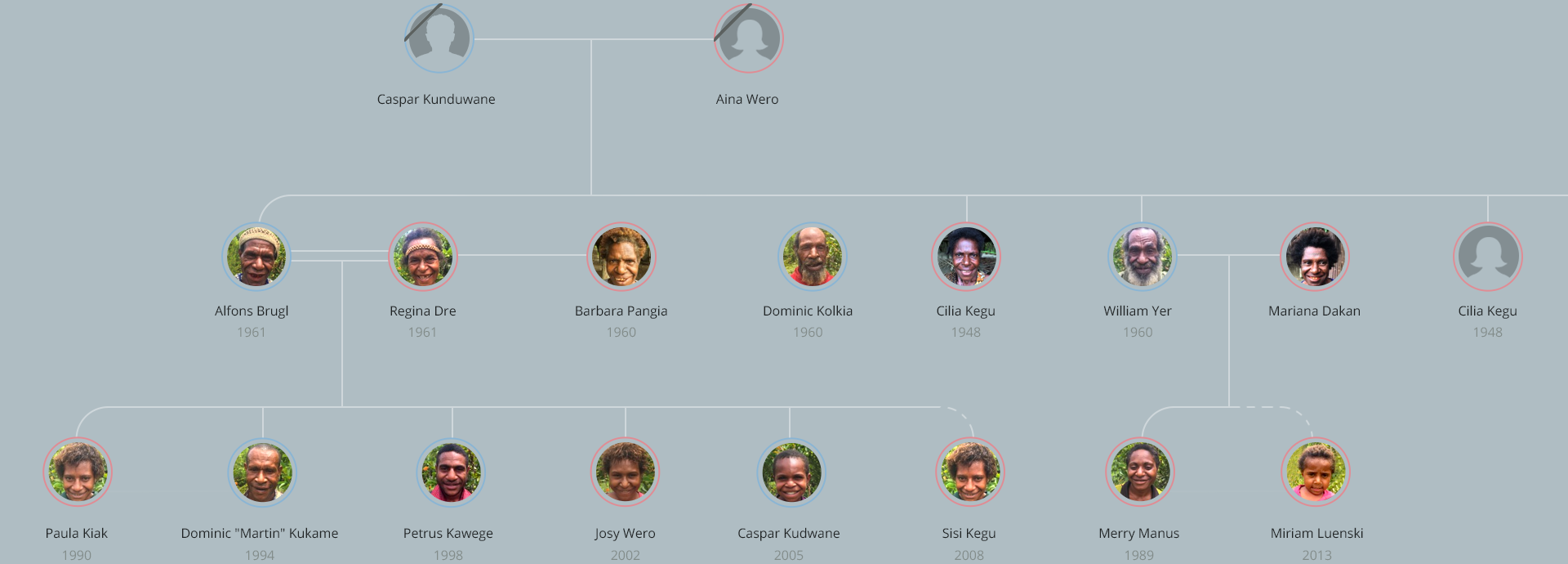
My father had three brothers who were killed in tribal wars.
The past generations fought other tribes and they had no contact with outsiders. My father told me he remembers when the first missionaries came. When the villagers saw them, they thought they were their ancestors.
In the past, the elders taught young people to take care of pigs. When it was time for a wedding, the whole village got together to give the man a pig for the bride-price. We used to do all the trade with pigs, and also pig tusks, kina shells, stone axes, feathers.
Nowadays we only think of money. Things have changed..
Traditional marriages
Chimbu marriages remain very traditional. Each groom is given some land to build his own house and garden. Before the wedding, each family prepares a sing sing that describes the other side. Once the couple is married, the wife is responsible for all domestic chores, which she has learned to perform from her mother.
We have big gaps between children.
The local custom is to wait until one child is fully grown before having another. This is a wise tradition we learned from our ancestors.
The skeleton sing sing
According to local lore, the Chimbu ancestors were scared to go into the woods to hunt, gather and garden, because they believed a ghost that lives in the mountain will come down and devour them. They invented this sing sing in order to scare away the ghost and be able to walk the land in peace. Alfonz explains: "Nowadays, we don't believe in the ghost... but if you go up to the cave in the mountain you'll still be able to see that it is filled with bones. Human bones."
